Vikram Garg
Robust 3D Garment Digitization from Monocular 2D Images for 3D Virtual Try-On Systems
Nov 30, 2021

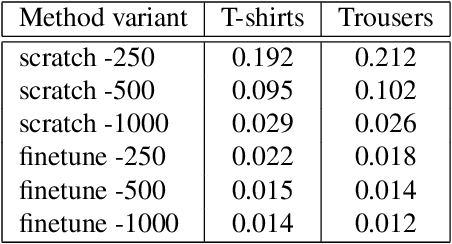

Abstract:In this paper, we develop a robust 3D garment digitization solution that can generalize well on real-world fashion catalog images with cloth texture occlusions and large body pose variations. We assumed fixed topology parametric template mesh models for known types of garments (e.g., T-shirts, Trousers) and perform mapping of high-quality texture from an input catalog image to UV map panels corresponding to the parametric mesh model of the garment. We achieve this by first predicting a sparse set of 2D landmarks on the boundary of the garments. Subsequently, we use these landmarks to perform Thin-Plate-Spline-based texture transfer on UV map panels. Subsequently, we employ a deep texture inpainting network to fill the large holes (due to view variations & self-occlusions) in TPS output to generate consistent UV maps. Furthermore, to train the supervised deep networks for landmark prediction & texture inpainting tasks, we generated a large set of synthetic data with varying texture and lighting imaged from various views with the human present in a wide variety of poses. Additionally, we manually annotated a small set of fashion catalog images crawled from online fashion e-commerce platforms to finetune. We conduct thorough empirical evaluations and show impressive qualitative results of our proposed 3D garment texture solution on fashion catalog images. Such 3D garment digitization helps us solve the challenging task of enabling 3D Virtual Try-on.
Teaching DNNs to design fast fashion
Jul 03, 2019
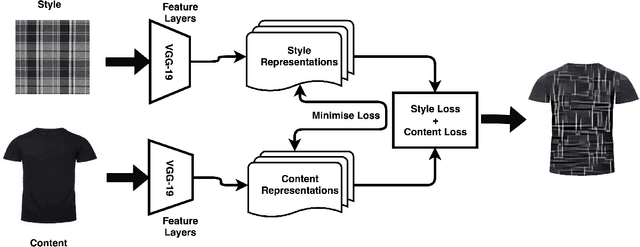
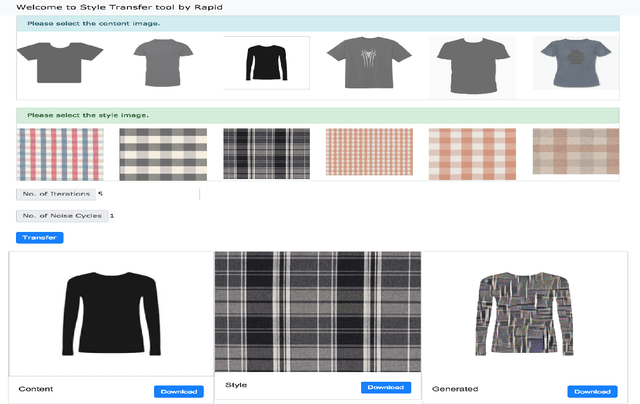
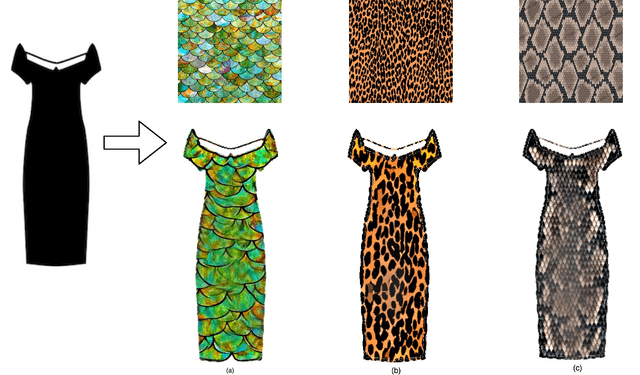
Abstract:$ $"Fast Fashion" spearheads the biggest disruption in fashion that enabled to engineer resilient supply chains to quickly respond to changing fashion trends. The conventional design process in commercial manufacturing is often fed through "trends" or prevailing modes of dressing around the world that indicate sudden interest in a new form of expression, cyclic patterns, and popular modes of expression for a given time frame. In this work, we propose a fully automated system to explore, detect, and finally synthesize trends in fashion into design elements by designing representative prototypes of apparel given time series signals generated from social media feeds. Our system is envisioned to be the first step in design of Fast Fashion where the production cycle for clothes from design inception to manufacturing is meant to be rapid and responsive to current "trends". It also works to reduce wastage in fashion production by taking in customer feedback on sellability at the time of design generation. We also provide an interface wherein the designers can play with multiple trending styles in fashion and visualize designs as interpolations of elements of these styles. We aim to aid the creative process through generating interesting and inspiring combinations for a designer to mull by running them through her key customers.
Utility in Fashion with implicit feedback
Jun 30, 2018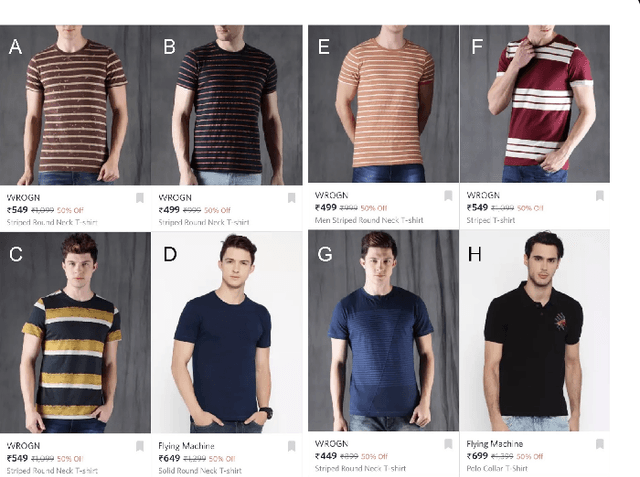

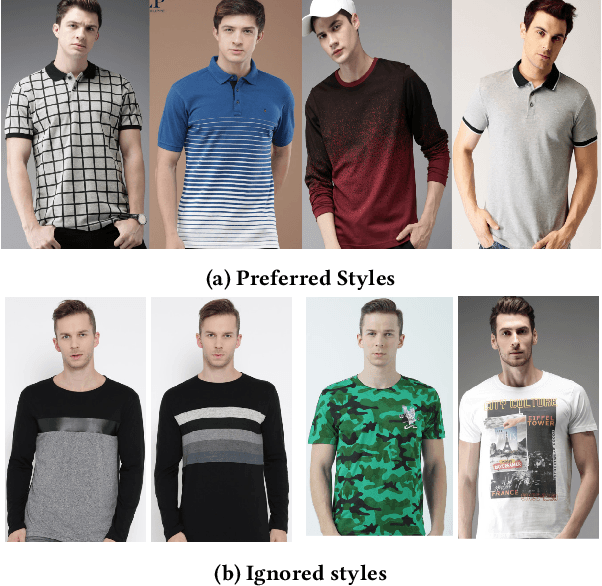
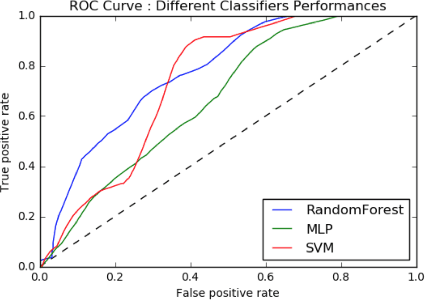
Abstract:Fashion preference is a fuzzy concept that depends on customer taste, prevailing norms in fashion product/style, henceforth used interchangeably, and a customer's perception of utility or fashionability, yet fashion e-retail relies on algorithmically generated search and recommendation systems that process structured data and images to best match customer preference. Retailers study tastes solely as a function of what sold vs what did not, and take it to represent customer preference. Such explicit modeling, however, belies the underlying user preference, which is a complicated interplay of preference and commercials such as brand, price point, promotions, other sale events, and competitor push/marketing. It is hard to infer a notion of utility or even customer preference by looking at sales data. In search and recommendation systems for fashion e-retail, customer preference is implicitly derived by user-user similarity or item-item similarity. In this work, we aim to derive a metric that separates the buying preferences of users from the commercials of the merchandise (price, promotions, etc). We extend our earlier work on explicit signals to gauge sellability or preference with implicit signals from user behaviour.
 Add to Chrome
Add to Chrome Add to Firefox
Add to Firefox Add to Edge
Add to Edge